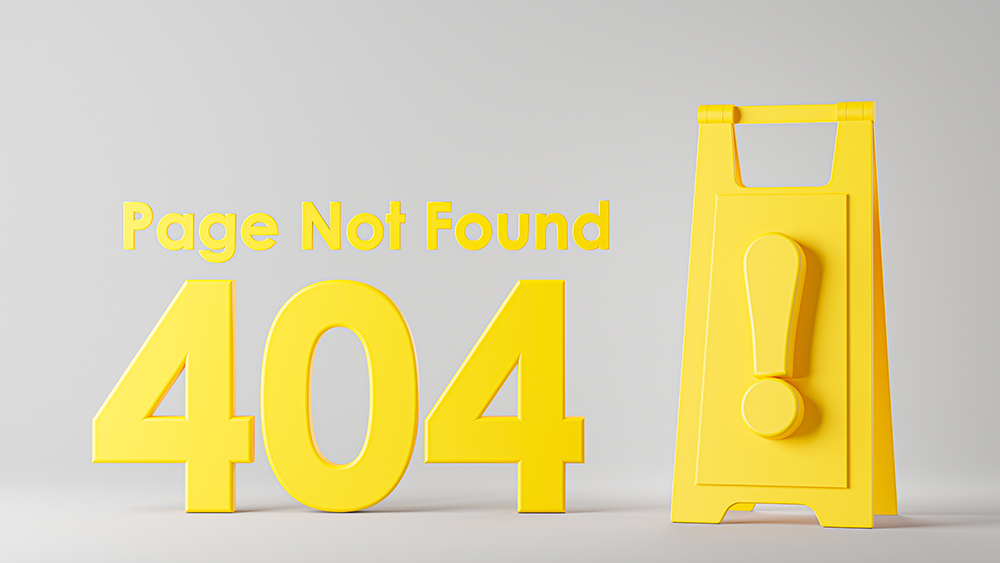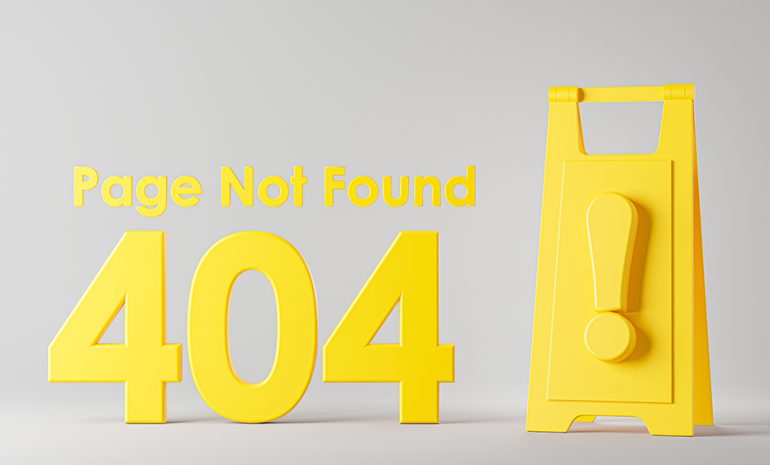Introduction:
Encountering a 404 error page can be frustrating for users when they navigate to a broken or non-existent web page. However, savvy website owners and designers understand that even a negative user experience can be turned into a positive one. By leveraging the principles of psychology, businesses can transform 404 error pages from a dead end into an opportunity for engagement and customer satisfaction. In this blog post, we will explore the psychology behind 404 pages and provide actionable tips on how to create a positive user experience when users stumble upon these error pages.
- Empathy and Apology:
When a user lands on a 404 page, it’s essential to convey empathy and apologize for the inconvenience. Use clear and friendly language to acknowledge the error and assure users that the issue is temporary. This simple act of empathy can help defuse frustration and establish a positive tone.
- Creative and Engaging Design:
Rather than presenting a generic error message, leverage creative design to make the 404 page visually appealing and engaging. Incorporate humor, captivating visuals, or interactive elements that align with your brand personality. This unexpected surprise can turn a negative experience into a memorable and enjoyable one.
- Navigation and Search Options:
Help users find their way back on track by providing clear navigation options or a search bar on the 404 page. Offer links to popular or related pages that users may be interested in. By providing alternative routes, you empower users to continue exploring your website and minimize the feeling of being lost.
- Personalized Recommendations:
Leverage user data and browsing history to offer personalized recommendations on the 404 page. Display suggestions for relevant content, products, or services based on the user’s interests. This not only enhances the user experience but also opens up opportunities for cross-selling or upselling.
- Call to Action:
Include a clear call to action (CTA) on the 404 page to encourage users to take a specific action. This could be signing up for a newsletter, following your social media accounts, or contacting customer support. By providing a clear next step, you redirect the user’s attention and create a positive outcome.
- Error Reporting and Feedback:
Allow users to report the error they encountered and provide feedback on the 404 page. This helps you identify and rectify broken links or issues on your website. Additionally, it shows users that you value their input and are committed to improving their experience.
- Redirects and Helpful Messages:
If a page has permanently moved or changed, implement proper redirects to guide users to the new location. Instead of a generic 404 error page, display a helpful message informing users of the page’s new URL or providing a search result for similar content. This proactive approach reduces frustration and keeps users engaged.
- Monitoring and Continuous Improvement:
Regularly monitor your website for broken links and update your 404 page to reflect any changes or improvements. By continually optimizing your error pages based on user feedback and data, you can enhance the overall user experience and minimize the occurrence of 404 errors.
Conclusion:
Turning a negative user experience into a positive one on 404 pages requires understanding the psychology behind user frustration and employing creative and user-centric strategies. By empathizing with users, offering engaging design, providing navigation options, personalizing recommendations, incorporating clear CTAs, enabling error reporting, and continuously improving, businesses can transform a negative encounter into a memorable and satisfying user experience. Embrace the opportunity to turn 404 error pages into a chance to delight users, reinforce your brand image, and foster long-term customer loyalty.
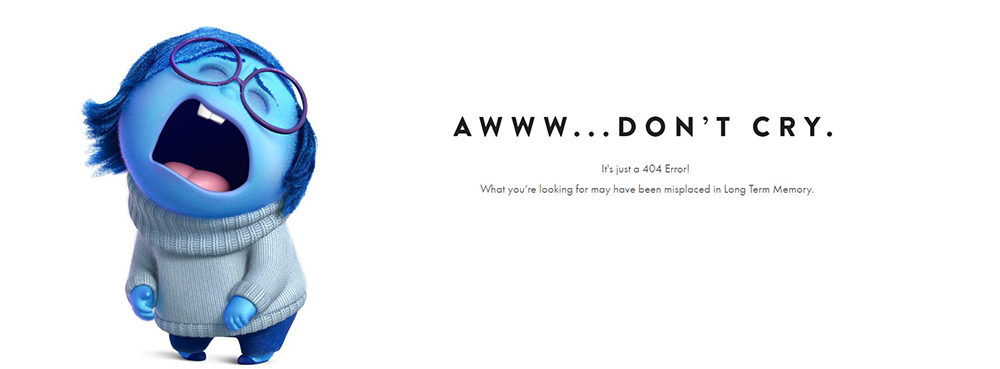
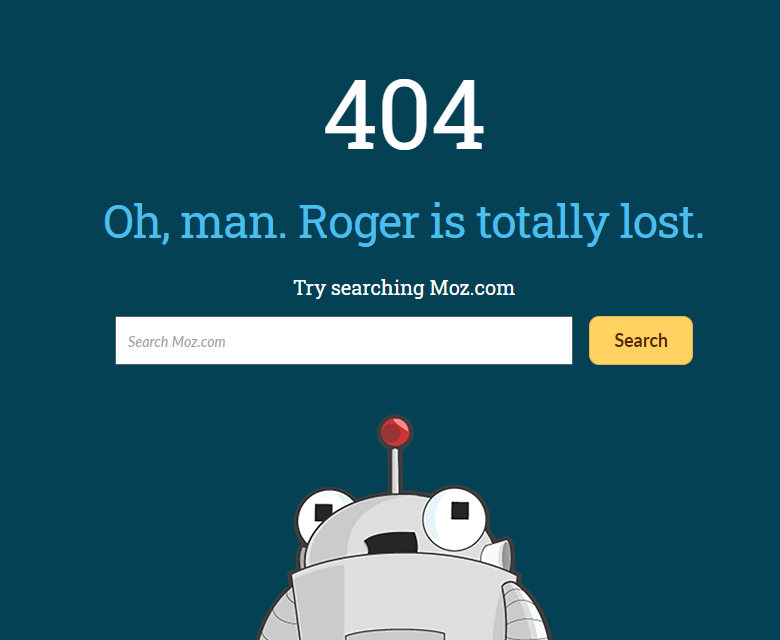
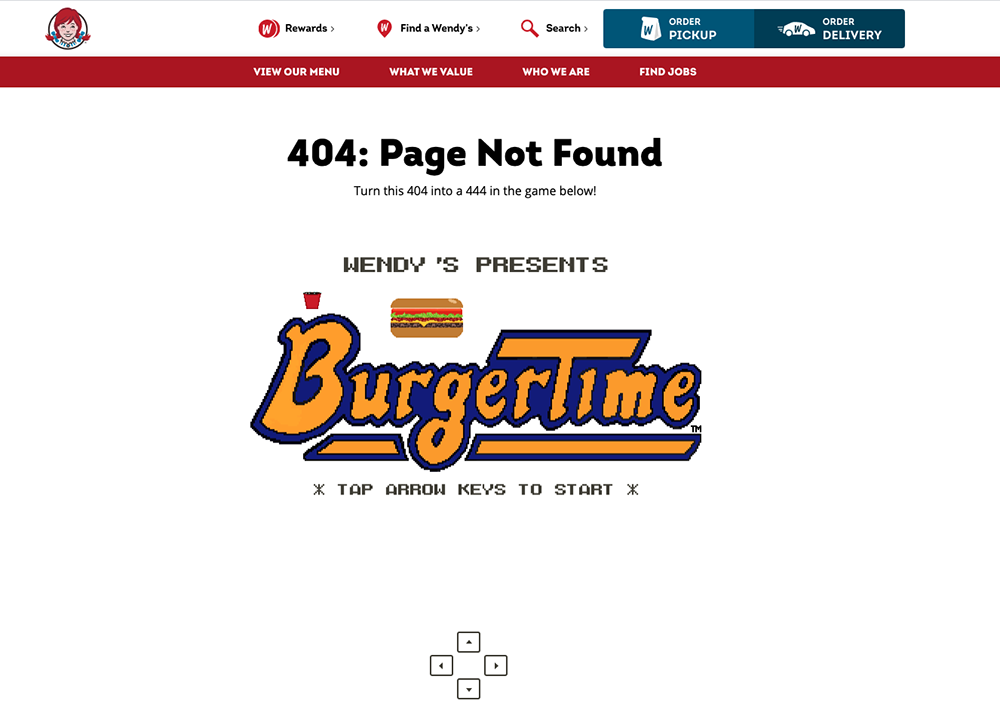
While creativity is important for a 404 page, it should not come at the expense of clarity and usability. With some of these elements in place, you can turn a negative 404-page experience into a positive one. Get in touch with us for all your website needs and we can help you with the right 404 page for your brand!
